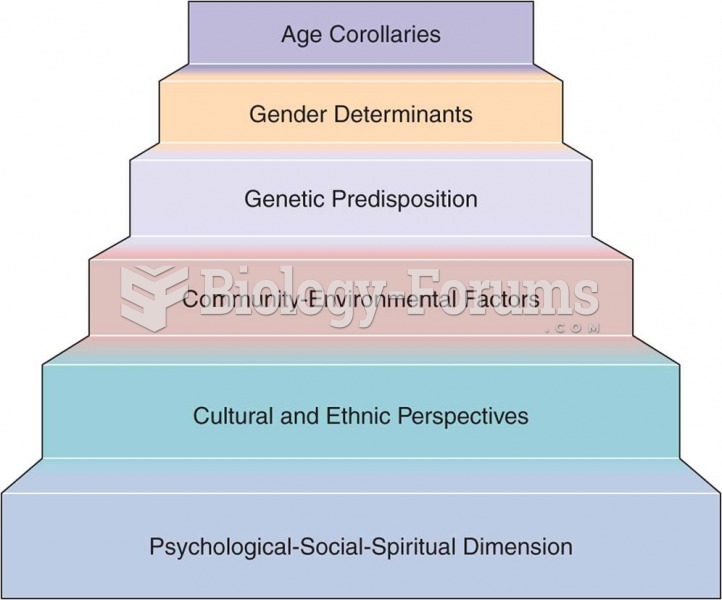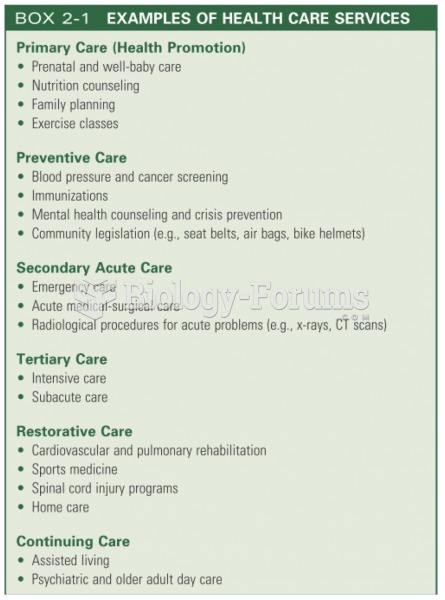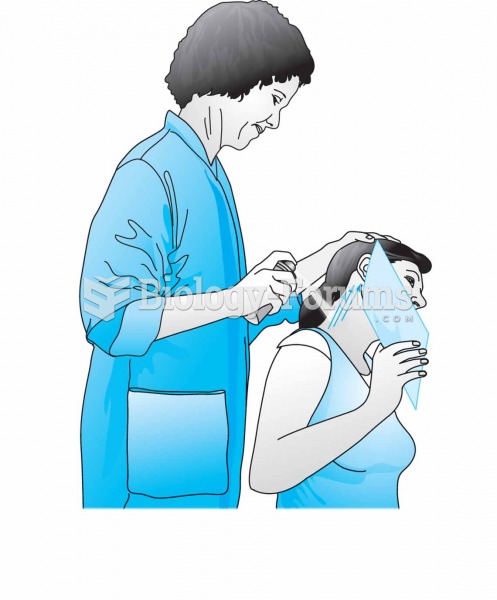|
|
|
The FDA recognizes 118 routes of administration.
Most childhood vaccines are 90–99% effective in preventing disease. Side effects are rarely serious.
A strange skin disease referred to as Morgellons has occurred in the southern United States and in California. Symptoms include slowly healing sores, joint pain, persistent fatigue, and a sensation of things crawling through the skin. Another symptom is strange-looking, threadlike extrusions coming out of the skin.
Drugs are in development that may cure asthma and hay fever once and for all. They target leukotrienes, which are known to cause tightening of the air passages in the lungs and increase mucus productions in nasal passages.
The most common treatment options for addiction include psychotherapy, support groups, and individual counseling.







